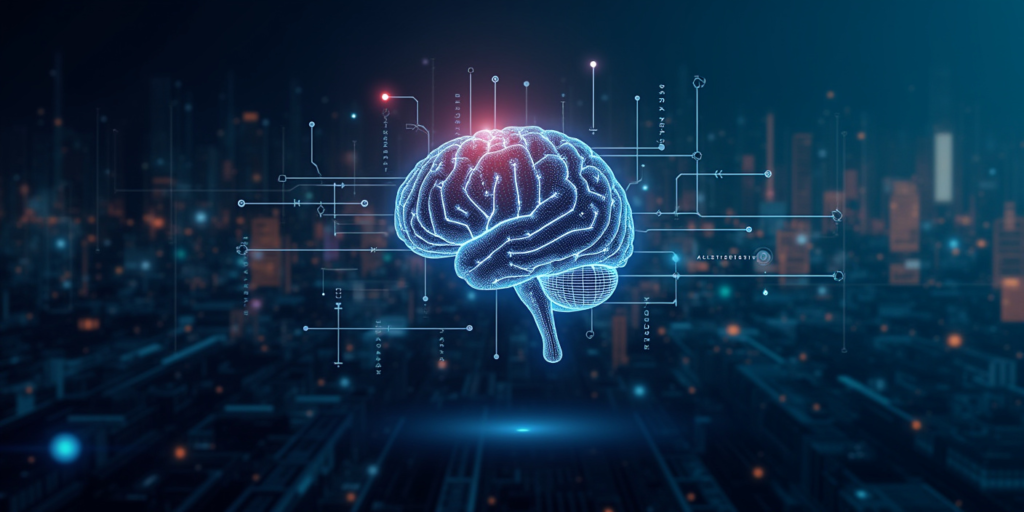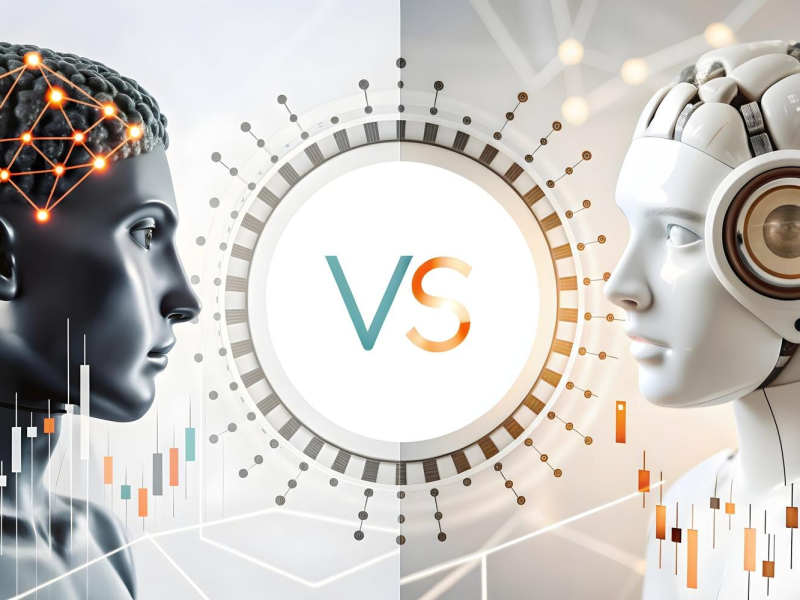In today’s data-driven world, the terms “Data Analytics” and “Artificial Intelligence” are often used interchangeably. However, while they are related, they refer to distinct fields with different applications and methodologies. Let’s dive into the key differences.
What is Data Analytics?
Data Analytics (DA) involves examining raw data to uncover insights, patterns, and trends. It encompasses various techniques, including data mining, statistical analysis, and predictive modeling. The goal of DA is to transform data into actionable intelligence that can inform decision-making and drive business outcomes.
Data Analysts use tools like SQL, Excel, and Tableau to process, visualize, and interpret data. They apply statistical methods to identify correlations, segment data, and create reports and dashboards. DA helps organizations optimize processes, identify opportunities, and solve problems based on data-driven insights.
What is Artificial Intelligence?
Artificial Intelligence, on the other hand, focuses on creating intelligent machines that can perform tasks that typically require human intelligence. AI systems can learn from data, recognize patterns, and make decisions or predictions autonomously.
AI encompasses various subfields, such as Machine Learning, Deep Learning, Natural Language Processing (NLP), and Computer Vision. Machine Learning algorithms enable AI systems to learn from data without being explicitly programmed. Deep Learning, a subset of Machine Learning, uses neural networks to model complex patterns in data.
AI has a wide range of applications, from virtual assistants and chatbots to autonomous vehicles and medical diagnosis systems. AI-powered systems can process vast amounts of data, identify patterns, and make real-time decisions, surpassing human capabilities in certain domains.

Key Differences Between Data Analytics and AI
- Scope: Data Analysis focuses on analyzing and interpreting existing data, while AI aims to create intelligent systems that can learn and make decisions autonomously.
- Methodology: Data Interpretation relies on statistical methods and data visualization techniques, whereas AI involves training algorithms on large datasets to enable learning and decision-making.
- Goals: The primary goal of Data Insights is to extract insights and inform decision-making, while AI aims to create intelligent systems that can perform tasks autonomously.
- Skills: Data Analysts require skills in data manipulation, statistical analysis, and data visualization. AI practitioners need expertise in programming, algorithms, and machine learning techniques.
- Applications: Data Analytics is widely used in business intelligence, marketing, finance, and healthcare. AI has broader applications, including natural language processing, computer vision, robotics, and autonomous systems.
Enhancing Assembly Line Efficiency with Data Analytics and Artificial Intelligence
Data Analytics for Assembly Lines in Manufacturing revolutionizes production processes by providing real-time insights and predictive capabilities. It enables manufacturers to monitor performance metrics, identify inefficiencies, and optimize workflows. When combined with Artificial Intelligence, it facilitates predictive maintenance, reducing unexpected downtime and enhancing equipment lifespan. Additionally, AI-driven quality control systems minimize defects and waste, ensuring consistent product standards. By leveraging both technologies, manufacturers can achieve higher productivity, cost efficiency, and agility, driving innovation and competitiveness in today’s dynamic market.
Achieving Success with Data Analytics in SAP
Harnessing the power of Data Analytics in SAP allows organizations to transform raw data into actionable insights, driving informed decision-making and operational efficiency. By leveraging advanced analytics within the SAP ecosystem, businesses can uncover hidden patterns, optimize workflows, and predict future trends, ultimately enhancing performance. With real-time data analysis, companies can streamline processes, improve customer experiences, and achieve greater agility, leading to sustained growth and success in the competitive digital landscape.
Leveraging DA & AI for Business Growth
While Data Analytics and Artificial Intelligence are related fields, they serve different purposes and employ distinct methodologies. DA focuses on extracting insights from data to inform decision-making, while AI aims to create intelligent systems that can learn and make decisions autonomously.
As businesses increasingly rely on data and intelligent systems, understanding the differences between DA and AI becomes crucial. By leveraging the power of both fields, organizations can gain valuable insights, automate processes, and drive innovation in the digital age. Unlock the potential of data-driven insights and intelligent systems for your business. Contact us today to discover how our expertise in Artificial Intelligence and our role as a leading data analytics service provider in the USA can help you stay ahead in the digital age.

